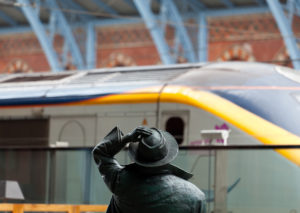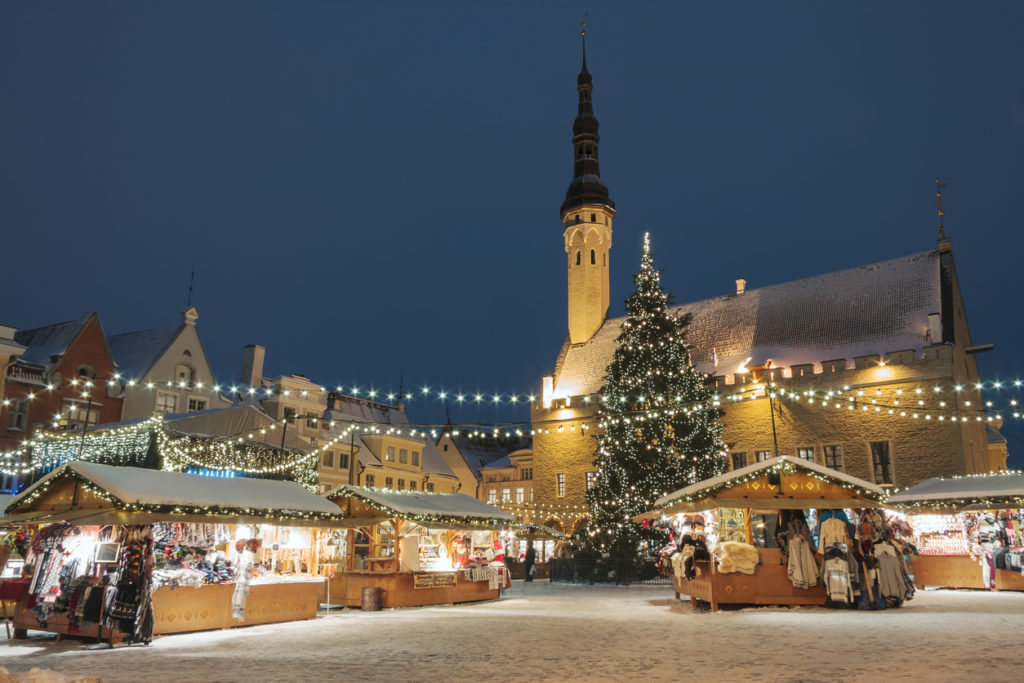
Not long now until all the Christmas cheer and joy take over Europe. While the entire continent knows exactly when to expect the bearded guy with a big belly and red suit, as well as his story about reindeers and toy-making elves, every country has its own traditions around Christmas. If we were to put aside the commercial aspect of Christmas for just one moment, we’ll find a plethora of fascinating Christmas traditions meant to add magic to the winter season. Discover the beauty of traditional Christmas celebrations across Europe and welcome the Christmas spirit.
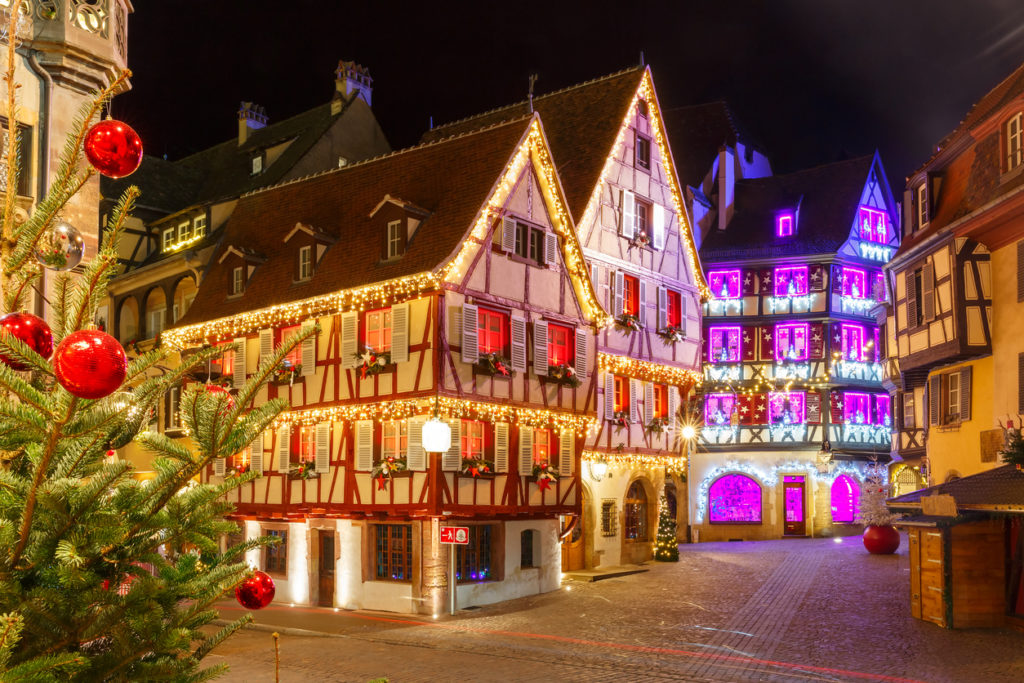
Christmas in France
France welcomes Le Père Noël on the evening of Christmas Eve, and no one waits until Christmas Day to open their presents. Christmas is usually a private and intimate affair in the company of close family. France is not very religious, so you won’t see too many people at the Christmas Mass that takes place on December 24th.
The Christmas table abounds in foie gras (obviously!), smoked salmon, oysters, and snails, the aperitifs one could expect from the French on such a special day. The main dish is meat – roast turkey, goose, or capon accompanied by pommes dauphine or green beans rolled in bacon. However, there’s also plenty of room for game and roast beef and, for dessert, everyone is waiting for the Yule log cake, an extravaganza of chocolate and butter.
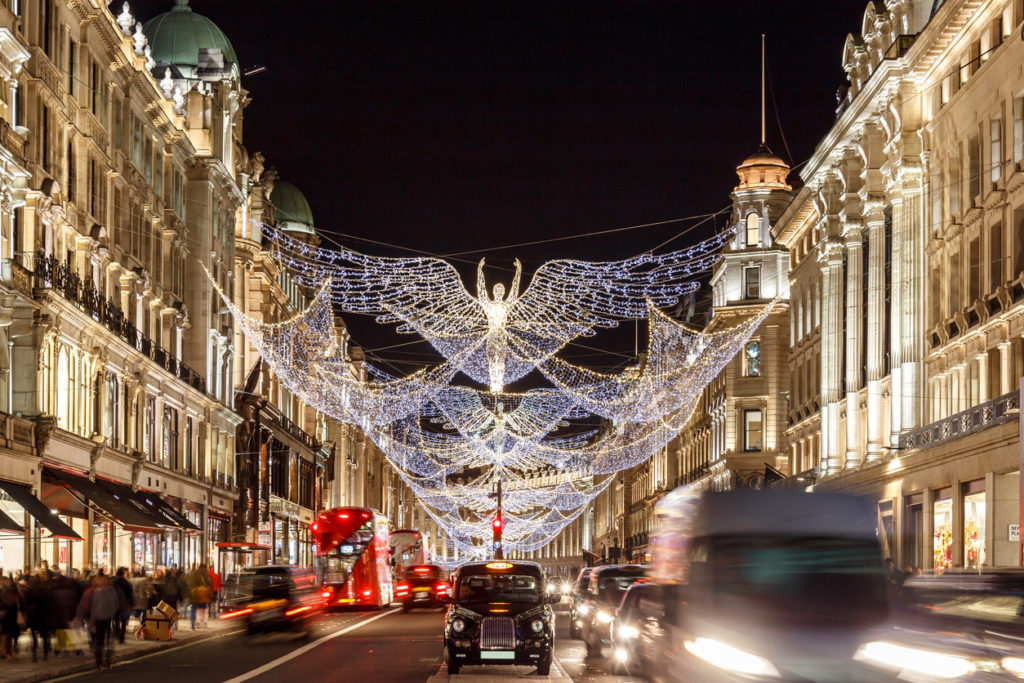
Christmas in England
England is big on Christmas traditions and people love to spend Christmas with their family. There are lovely Christmas markets all over England, and Father Christmas has the same schedule as everywhere else in Europe. Presents are usually exchanged on Christmas day after a visit to the church. One of the highlights of Christmas day is the Queen’s Speech, but we would be remiss if we wouldn’t also underline the importance of Christmas dinner.
Families usually gather around a beautifully decorated table to savor their share of roast turkey with roast potatoes and vegetables, including “everyone’s favorite” – Brussel sprouts. The cranberry sauce is always there, as are the little pigs in blankets. Dessert has to be Christmas pudding, but also mince pies with cream or custard and yule log. Christmas 26th is known as Boxing Day. If once Boxing Day was all about the upper-class offering servants and tradesmen Christmas boxes for their hard work, nowadays is mostly about football and turkey sandwiches.
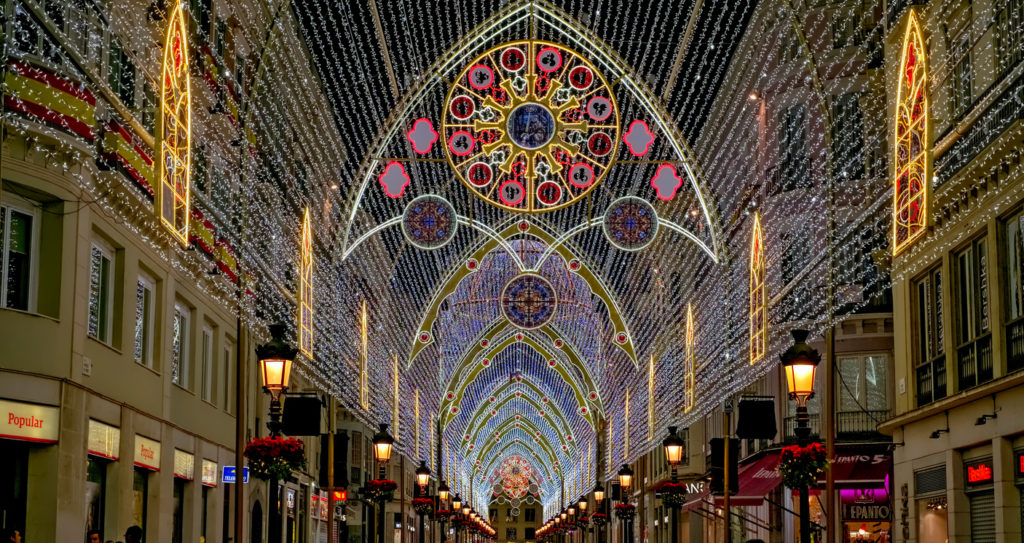
Christmas in Spain
Spain has a different take on Christmas than most European countries. Their festive season starts on December 8th with the Feast of Immaculate Conception. Christmas celebrations differ from region to region, but Catalonia has some of the most remarkable if not strange traditions in the country. While they have the typical Spanish customs like the Christmas Eve dinner (La Nochebuena), they also have the beating of Tió de Nadal. Yes, you read that right! Tió de Nadal or Caga Tió is a pooping log.
Every year, on December 8th, the tió is brought into the house from the forest and gets wrapped in a blanket and fed. He receives so much food that right before Christmas, he has to poop. So, the kids gather around and beat him with a stick to get the poop out. After a short beating, they search under the blanket and find the poop which, fortunately, is a big pile of sweets.
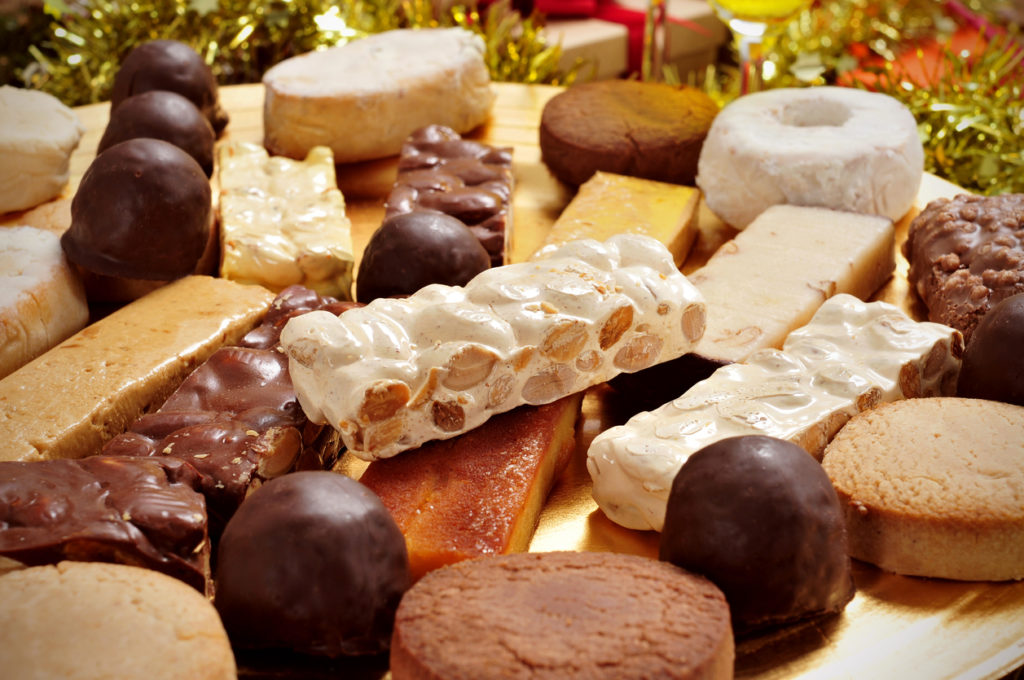
December 22nd is an important day for the Spanish because that’s when the El Gordo lottery draw takes place and a lot of people get fabulous prizes. And then comes December 28th, also known as the Day of the Holy Innocents, or as we know it April Fool’s Day. The Day of the Innocents has been taking place for more than 200 years, and it involves a group of married men staging a coup against the local authorities and imposing strange rules on people. The people refuse to pay, and a battle is set in motion. The “armies” use flour and eggs as weapons, and the commotion usually lasts until lunch. The “revolution” involves fines and a revolutionary tax paid by local businesses, and the money raised is donated to a local old people’s home. Everything ends with a dance! If only all revolutions would end like this!
While there may be some present giving on Christmas day, Spain usually exchanges Christmas gifts…on January 6th. They call the celebration the Epiphany because this is the day when the Three Kings have visited baby Jesus and gave him gifts.
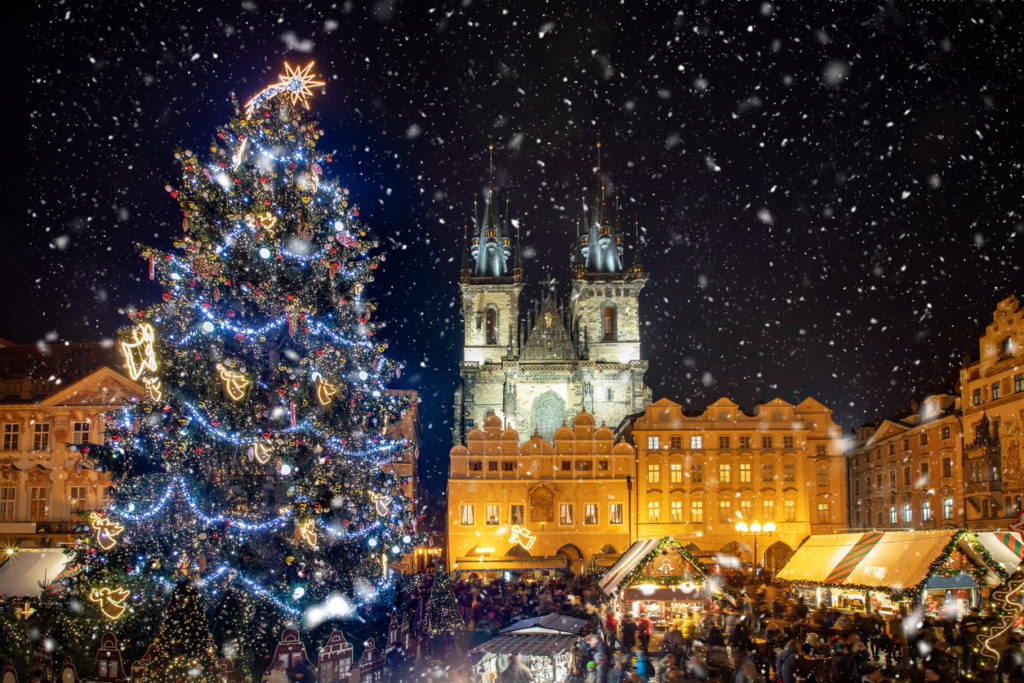
Christmas in the Czech Republic
The Czechs love Christmas. This is their most important holiday of the year, and they make sure to welcome it appropriately. Many Czechs choose to fast four weeks before Christmas day and attend church mass. The preparations start a few weeks before the festive days with cleaning the house and shopping for gifts. On December 4th, also known as St. Barbara’s Day, children from the region of Bohemia put stockings in their windows to receive sweets from Barborky…or coals, if they have been naughty.
Christmas Eve is reserved for family festivities. This is an all-day feast that includes a meatless lunch and ends with a delicious dinner, usually made of fish soup and fried carp with potato salad. Christmas Eve is also the day of throwing the slipper because if it lands with the toes pointing at the door, it means the girl in the house will marry within a year. The presents are waiting patiently under the Christmas tree and are usually opened on Christmas Eve. The celebrations continue on Christmas day too, with a lunch made of roast duck or goose with dumplings and cabbage.
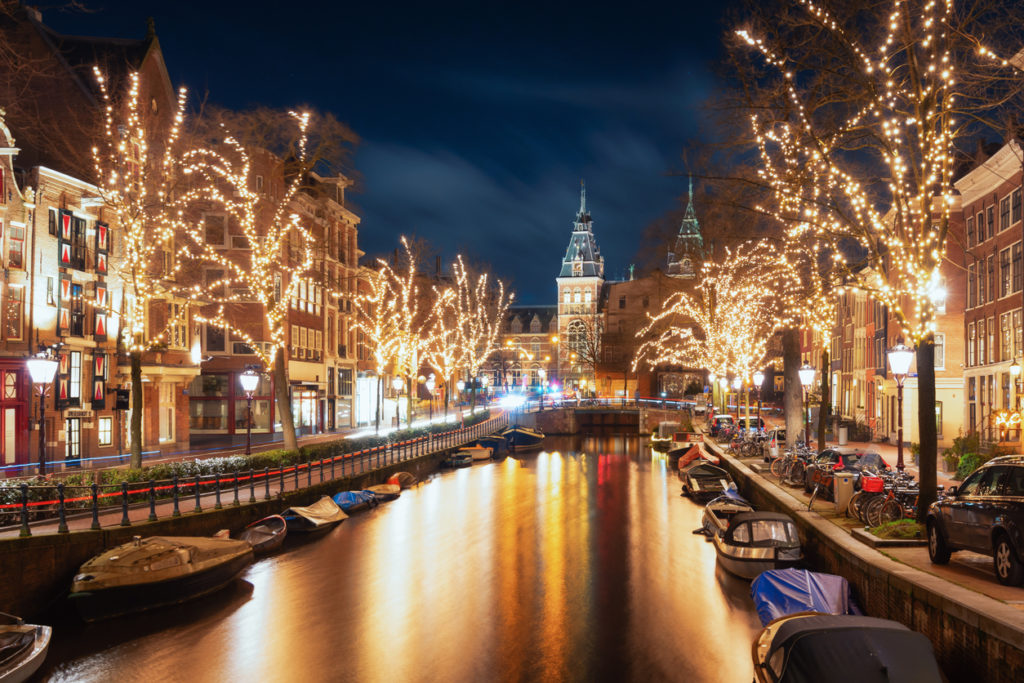
Christmas in the Netherlands
The Dutch love to decorate their towns and houses for Christmas. You’ll see twinkling lights and Christmas trees everywhere you look but only after December 6th! Why? Because everybody is waiting first for the arrival of Sinterklaas (St. Nicholas), the one that brings gifts to children all across the country. Unlike Father Christmas, Sinterklass comes from Spain and is dressed in red bishop clothes. He doesn’t have a sleigh and reindeers but travels on the back of a white horse called Amerigo or sometimes on the back of a donkey. Children know not to upset Sinterklass because he can send them to Spain by boat if he wants to!
Small children in the Netherlands receive their gifts from Sinterklass, and only when they are old enough, Christmas gifts follow the usual pattern and get moved under the Christmas tree. Once Sinterklass has left the city, the Christmas extravaganza begins! The Dutch have two Christmas days – one spent with the family and the other with the in-laws, not necessarily in this order. Smart, if you ask me! Christmas dinner is rather lavish and gravitates around a hot grill placed in the middle of the table and individual pans. They will then cook their meal, so everyone puts small pieces of raw meat, fish, and vegetables on the grill.


